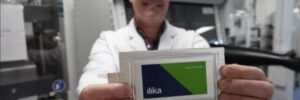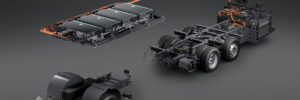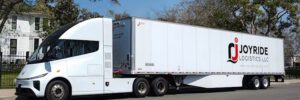Volkswagen and Uber have announced a strategic partnership that will bring thousands of autonomous ID. Buzz electric vans to Uber’s ride-hailing platform in the U.S. The rollout will begin with pilot testing in Los Angeles by late 2025, and a full commercial launch is expected in 2026.
These won’t just be electric rides—they’ll be driverless. Volkswagen’s ID. Buzz AD (Autonomous Driving) is designed with Level 4 autonomy in partnership with Mobileye, and will be operated through VW’s mobility company, MOIA.
Built for the Future of Urban Mobility
The ID. Buzz AD comes packed with next-gen tech:
-
13 cameras
-
9 LIDAR sensors
-
5 radar units
-
Redundant systems for critical functions like braking, steering, and power
In the early phases, each vehicle will still have a human operator onboard to monitor safety and performance, but the goal is fully autonomous operations down the line.
A Strategic Move for Both Brands
Uber, which sold off its in-house self-driving division in 2020, is taking a partnership-first approach to autonomy. It has recently joined forces with other developers like Waymo and WeRide, and this collaboration with Volkswagen represents one of its largest autonomous vehicle deals yet.
Meanwhile, Volkswagen is continuing its push into the U.S. EV and mobility markets, expanding on testing already happening in Germany and Austin, Texas.
The long-term goal? A nationwide fleet of electric, autonomous vans offering Uber rides without a driver at the wheel.
Source: Uber



